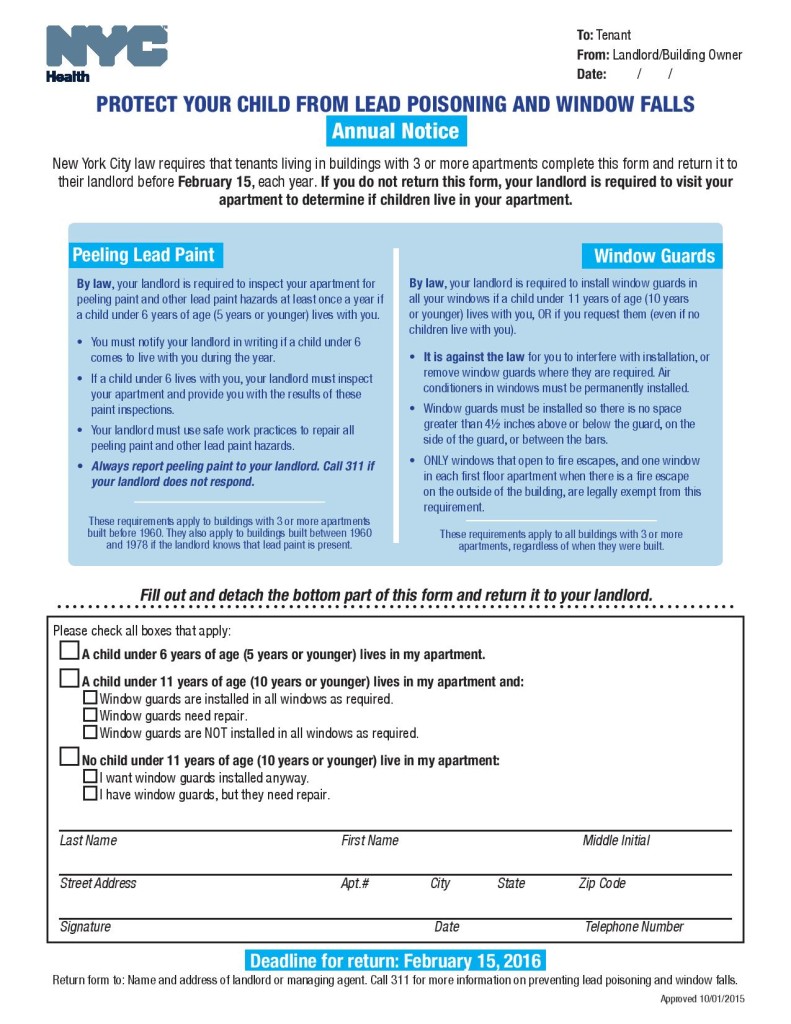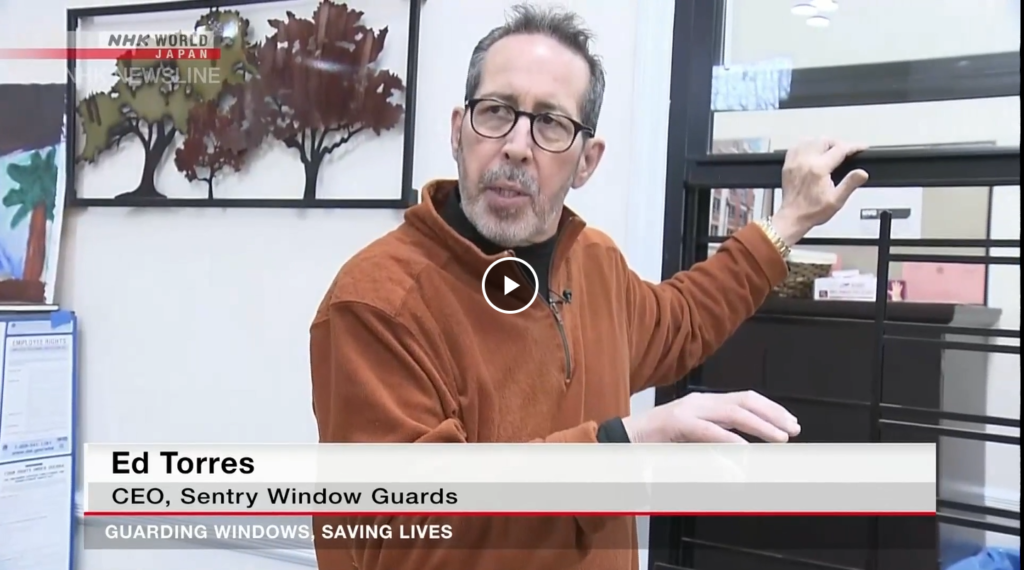The days are longer and without school obligations your kids may find that they have more time on their hands than they know what to do with this summer. Make summer boredom a thing of the past with these fun activities. And don’t let the kids have all the fun, many of these activities can be fun for the whole family!
- Scavenger Hunt – This fun activity can be adapted for indoor or outdoor and for all ages and interests. It’s easy, inexpensive, and can often be done using things already found around your home. Create a color themed scavenger hunt that can help toddlers learn their colors and help older kids discover all the different hues that can be found in the world around them. Do a scavenger hunt at night with flashlights for an added dimension of fun. A nature scavenger hunt can keep little ones focused during hikes, picnics, gardening, and other outdoor activities. For older kids and teenagers, you can design a scavenger that has secret codes or brain teasers they have to complete to get the clues. The possibilities are endless!
- Arts and Crafts – Now is the time to get creative and use up all those leftover art supplies from the school year. Create a summer mural by covering a basement or garage wall with a long piece of craft paper. Work on it all summer, adding to it little by little. Decorate your walkways with sidewalk chalk or create outdoor games such as twister, hopscotch, four square, or an obstacle course with the chalk for extra fun. Paint rocks to give as gifts or to decorate a garden. Summer is the time to get messy and get creative by recycling the materials you have at home into fun crafts.
- Enjoy Nature – Summer is a great time to encourage your kids to unplug and go enjoy the great outdoors.
- Go for a walk around the neighborhood or a nature hike.
- Take a swim in a pool or public access lake, river, or ocean.
- Strap on helmets and take a ride around the city or countryside.
- Start a garden and let the kids do the planting, watering, and weeding.
- Make it a goal to play at a new park every week of the summer. Packing a picnic lunch will make it even more special.
- Pick a clear area to run and fly a kite which will teach your kids patience and coordination.
- Surprising your kids with a water balloon fight on a hot day will make a great summer memory.
- Brain Power – Just because it is summer doesn’t mean your kids can’t continue exercising their brain. Check here for a great list of science experiments you can do this summer. Visit your local library for books, educational computer games, and other educational activities. Bond with your kids over a challenging puzzle that you work on a little each day of the summer. Sharpen the kids video directing and editing skills by creating some home videos.
Of course, there are plenty of fun places to visit this summer in NYC. Check this list for some ideas to become a tourist in your own city. At Sentry Window Guards our main focus is your child’s safety. We provide various types of childproof window locking mechanisms and safety devices for your home or building to keep everyone safe this summer!










